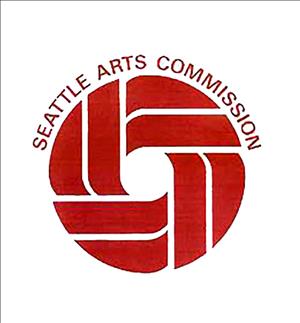On June 1, 1971, the Seattle City Council approves ordinance No. 99982, establishing the Seattle Arts Commission. Seattle Mayor Wes Uhlman (b. 1935), who has strongly supported the formation of such a commission, signs the ordinance into law on June 4, 1971. The commission is the predecessor to what in 2013 will be the Seattle Office of Arts & Culture.
Artistic Leadership
Prior to approving the ordinance, the city council backed a plan to create a joint Seattle-King County Office of the Arts. Seattle had been without an arts commission for several years -- the Municipal Arts Commission, created in 1955, had grown inactive, as had a design commission that had briefly served as a public watchdog on urban renewal projects. The council backed away from the joint city-county arts commission idea for fear such a group would take too long to implement.
The council approved the ordinance without debate. The vote was seven in favor, two opposed. Council members Liem Eng Tuai (1925-2003) and George Cooley cast the opposing votes, favoring a joint city-county commission. The ordinance called for a 15-member commission of volunteers (appointed by the mayor), a $28,079 budget, and a paid staff member.
From the time of its creation, the Seattle Arts Commission's policies and advocacy for visual and performing arts helped shape Seattle's reputation as a city where art matters greatly and is integrated into daily life. Starting in 1973, the commission has also overseen Seattle's 1 Percent for Art program. This program specifies that 1 percent of eligible city capital improvement project funds be set aside for the commission, purchase, and installation of artworks in a variety of settings. Seattle was one of the first cities in the nation to adopt this innovative and successful method of ensuring that citizens encounter art wherever they go -- in parks, libraries, community centers, theaters, fire stations, and many other public venues.
On November 18, 2002, the Seattle Arts Commission as created by Ordinance 99982 was abolished and re-created by Ordinance 121006 as the Office of Arts & Cultural Affairs. (The volunteer citizen-advisory board continued to be known as the Seattle Arts Commission.) In 2013, the office's name was shortened to the Office of Arts & Culture.

